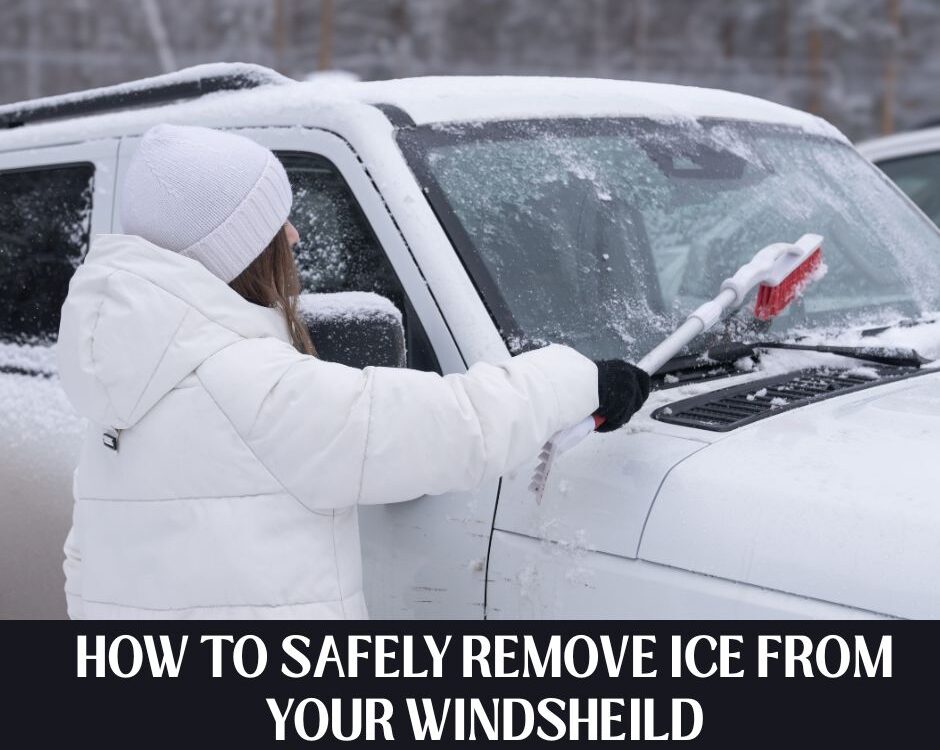Teens and Motor Vehicle Accidents

Car Accidents and Common Skin Injuries
August 28, 2024
Procedural Memory and Driving
August 28, 2024- Accident doctor
- accupuncture
- airplane headache
- alzheimer's
- best habits
- Brain Injuries
- car accident
- car accidents
- cervical strain
- colds
- concussion
- Concussions
- disc bulge
- dosage meds
- dry needling
- dull pain
- E bike injuries
- florida
- good posture
- headaches
- Headrest positions
- Headrest positions after an accident
- Healthy choices
- Healthy flying
- healthy gift guide
- Healthy SPring Ideas
- hip pain
- hyperextension
- injury doctor
- insurance
- Kayaking
- kentucky
- kids motion sickness
- lifestyle
- motion sickness
- neck injury
- no fault insurance doctor
- noise healing
- osteoporosis
- pain symptoms
- pink noise
- posterior chain
- posture
- prevent osteoporosis
- Rest
- Scoliosis
- shoulder pain
- Stress with kids after a motor vehicle accident
- TBI
- tips
- tmj
- torn muscle
- Traumatic Brain Injury
- trigger points
- VitaminD
- What are Post Traumatic headaches?
Teen Drivers and Motor Vehicle Accidents
It is that time in life where one of my kids will be taking the wheel. In an ever-distracted world, it seems more dangerous learning to drive today than when I got behind the wheel at the start of the 90s. The added distractions can lead to increased dangers but what other challenges will a new teen driver face compared to your normal seasoned driver? Understanding these risks and implementing effective prevention strategies can significantly increase safety for younger drivers and their passengers. I am Dr. Aaron Workman of Chambers Medical Group, one of the highest rated car accident medical care facilities in Kentucky, and I will go over some of the factors which lead to increased risk for motor vehicle accidents (MVAs).
One of the primary factors contributing to the higher accident rates among teen drivers is inexperience. Learning to drive involves mastering complex vehicle controls, understanding road signs, and responding to unpredictable conditions. It is only through years of driving that your motor and sensory skills allow you to go on auto pilot, procedural memory, when it comes to the control of your car. Teens often lack the experience needed to handle these elements effectively, which can lead to poor decision-making behavior.
One problem I see is the inflated confidence a teen driver can have when discussing their risk of being in an accident. This perception can result in dangerous behaviors such as speeding, tailgating, or ignoring traffic laws. The combination of inexperience and the inability to understand risk makes it important for teens to practice developing safer driving habits. At the other end of the spectrum is my next child that will take the wheel. She wants nothing to do with driving as it intimidates her. Her increased lack of confidence can lead to inaction in dangerous situations putting her at as much risk as an overconfident teen driver may have.
Teenagers are also susceptible to peer pressure. The presence of friends in the car can lead to distractions, such as loud conversations, horseplay, or even engaging with other drivers. These distractions can impair a teen’s ability to focus on the road and respond to potential risks.
Texting and using mobile phones while driving only makes everything worse. Despite being aware of the dangers, many teens struggle to resist the urge to use their phones, leading to increased accident risk. Texting while driving significantly impairs reaction time and attention, making it a huge area for extra discussion and monitoring. So, what are some things you can do to lessen risks as parents?
1. Supervised Practice: Parents should provide plenty of supervised driving for their teens. This practice should include a variety of driving conditions. Driving in the day can feel completely different than driving at night. When you add in weather it adds another level of difficulty that must be practiced. Highway driving is not the same as a two-lane curvy road. Make sure to slowly increase the difficulty level so your teens can gain confidence in each step. I loved seeing the joy my daughter received from being able to drive my car around a Kohl’s parking lot this year. Very nervous to start but just going through some basics started confidence building.
2. Establish Clear Rules: Setting clear and consistent rules for teen drivers is a must. Establish rules about the number of passengers allowed, ages of passengers, curfews, and the banning of phone use while driving. Do not assume teens will follow the rules. Make sure you have a way to monitor. We utilize an app called Life360 which monitors driving habits and the use of a phone, but there are many different apps available to better monitor driving. Do not skip this step as it will bring you peace of mind.
3. Communicate: The learning process will go more smoothly if you talk. Discuss the potential risks associated with driving, the consequences of unsafe behavior, and the importance of following traffic laws. If you just drive around with your teens, you will encounter many lessons that can be pointed out from other drivers’ mistakes. Have your teen give you the risks of the other driver’s actions.
4. Lead by Example: Both parents should be a model for safe driving. Your teens are more likely to do what you do when driving. If they observe you always late, speeding to make up time, ignoring certain traffic laws and being distracted then this is what you will have as a teen driver. If you are consistently following traffic laws, avoiding distractions, and practice good driving habits, then you may get lucky and have a teen that follows in the footsteps of your driving habits.
There is no doubt that teen drivers face unique challenges that make them more prone to motor vehicle accidents. We have all been there. Your teen should understand that other drivers may not do exactly as the law requires. With enough practice, understanding the different risks and putting good prevention strategies into place, both parents and young drivers can work together to reduce the likelihood of an accident.
— This article is written by Aaron Workman, DC, one of the members of Chambers Medical Group’s team of car accident chiropractors who offer a variety of treatments and therapies ranging from diagnostic testing to various soft tissue therapies for car accidents and injuries in Kentucky.
- Car Accident Medical Clinic in Tampa
- Car Accident Medical Clinic in Plant City
- Car Accident Medical Clinic in Brandon
- Car Accident Medical Clinic in Lakeland
- Car Accident Medical Clinic in Sarasota
- Car Accident Medical Clinic in Louisville
- Car Accident Medical Clinic in Lexington
- Car Accident Medical Clinic in Florence




